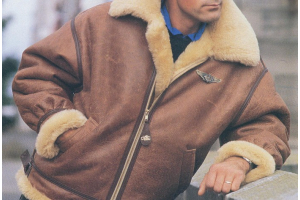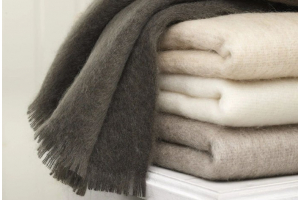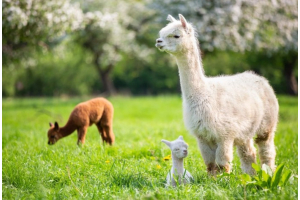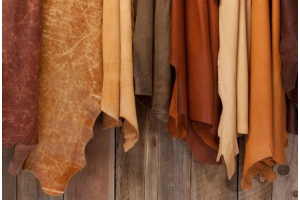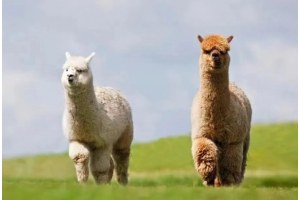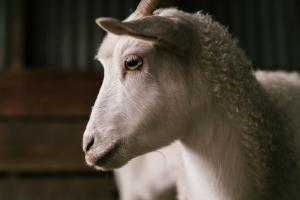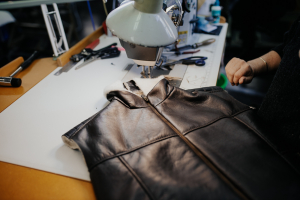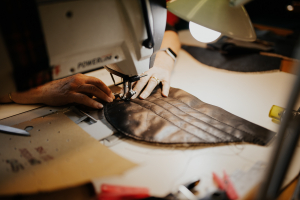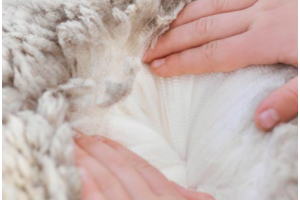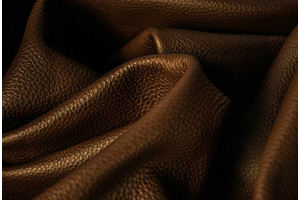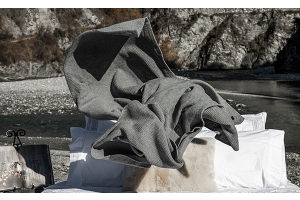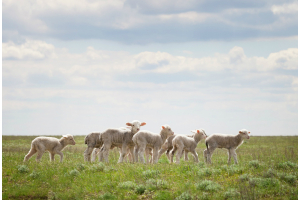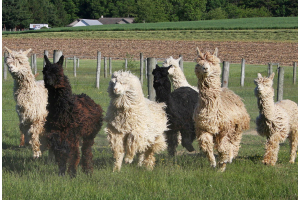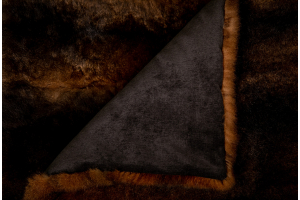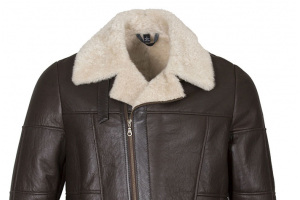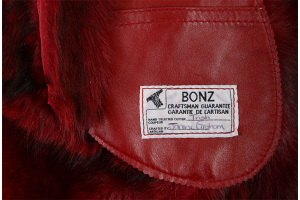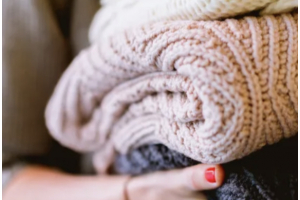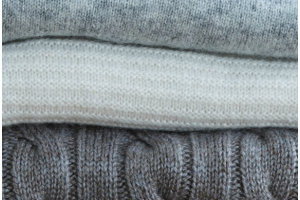We use cookies to ensure that we give the best experience on our website. Click here for more information
Five Things You Need to Know About the Aran Jumper

The Aran Jumper, also known as a Fisherman Irish Jumper, the famous original since 1892. The Aran jumper is a style of jumper that takes its name from the Aran Islands off the west coast of Ireland. The Aran sweater is an iconic and beautiful traditional Irish item.
A traditional Aran Jumper usually is off-white in colour, with cable patterns on the body and sleeves. Originally the jumpers were knitted using unscoured wool that retained its natural oils which made the garments water-resistant and meant they remained wearable even when wet.
Here are five things you should know before you buy an Aran jumper.
-
A Brief History of Aran Jumper
From its origins, the Aran jumper has been intimately linked to clans and their identities. The many combinations of stitches seen on the garment are not incidental, far from it. They can impart vast amounts of information to those who know how to interpret them. These Aran jumpers were often used to help identify bodies of fishermen washed up on the beach following an accident at sea. On the Aran Islands, sweater patterns were zealously guarded, kept within the same clan throughout generations. Aran jumpers were, and remain, a reflection of the lives of the knitters, and their families.
-
Wool Characteristics
The first Aran jumpers were made for fishermen, and they were actually waterproof. The original yarn was unscoured. Unscoured wool retains its natural lanolin making it water-resistant. Perfect for braving the harsh conditions of the unforgiving Atlantic Ocean and a far cry from the soft merino and pure wool yarns that are used today.
Aran jumper is made of breathable natural fibers, so it can absorb moisture from the skin and release it into the air, thus helping the wearer maintain the ideal temperature. Also, wool can store a lot of air, which has a good isolation ability, to avoid the wearer supercooling or overheating.
-
Knitting Stitch Patterns
Each Aran jumper has its own symbolism and traditional interpretation. Below are the meanings associated with some of the most popular Aran stitches.
For example, the cable is an integral part of the fisherman’s daily life, is said to be a wish for safety and good luck when fishing. The honeycomb is supposed to be a lucky stitch, signifying plenty and in the case of fishermen a good catch. The diamond stitch is used to represent the shape of the fishing mesh, and wealth and success. The basket is a symbol of the fisherman’s basket, a hope for a plentiful catch. The zig-zag stitch is often used to represent the twisting cliff paths on the islands.
-
Unique Hand knitting Garments
Each hand-knitted Aran jumper is entirely unique, something that is not easy to find these days. It requires, on average more than 100 hours of knitting to complete each jumper. Hand-knit Aran jumpers are knit usually by women in their homes when they are sitting down at night, this means that it could take up to 6 weeks to knit just one jumper. Each knitter also has her own style of hand knitting, so even following the same pattern, there will be some small differences between each jumper.
-
Iconic Fashion Design
Throughout the 1930s and 40s, the Aran jumper gained popularity around the world, and when Grace Kelly appeared in an Aran jumper on the cover of Vogue in the 1950s, this little Irish jumper was catapulted to iconic status, cementing its reputation as an Irish design classic. Irish Folk music group, The Clancy Brothers, friends of Bob Dylan, wore their Aran jumpers for their appearance on the Ed Sullivan Show in the early 1960s, introducing it to millions of fans.


